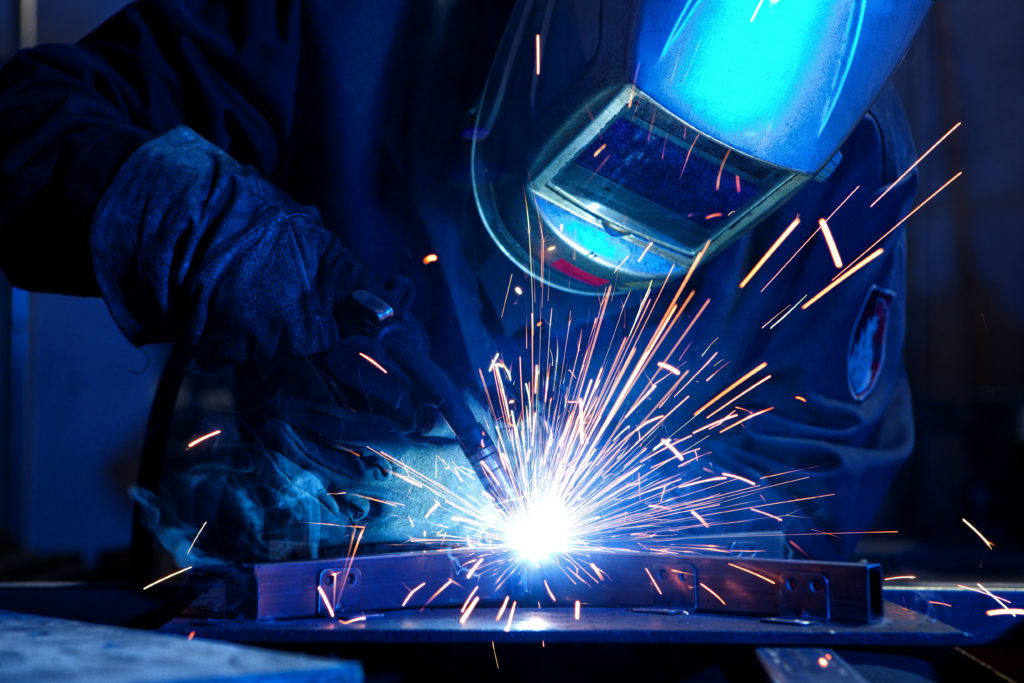In manufacturing, especially working with metal materials, one of the most common pieces of machinery you’ll have around the plant is the good old fashion welder. They range from very sophisticated robotic welding cells to very simple portable hobby style units. Whatever the case, the welders are ubiquitous in most metal working processes. And while welders are known for being built more ruggedly than other electronics due to the environments they are utilized in, they are still electronics after all and prone to failure. Here are some simple tips towards making your welding equipment last for many years and avoid costly downtime situations.
Dirt, Debris and Grease
As we mentioned above the welder is often used in an environment with many contaminants. Most metal working shops are hard pressed to prevent things like grease in the air from cutting oil, metal particles from cutting and abrading, and general debris. Most welder manufacturers know this and have made special precautions to prevent failures from such things. Most welder control boards and internal connections protected by encapsulate coating and in general many precautions are made against corrosion. But regardless if enough contaminates reach the inside of the machine, failure will soon follow. The good news is that most welders are fairly easy to maintenance, and the cover can be easily removed. Simply hit the welder with some air to remove dust and follow your manufacturers guidelines for removal of other harder to remove debris- such as using a light electrically rated detergent.
Make sure your fans are running
This tip goes hand in hand with the cleaning tip above. The first area often affected by contaminate is the entry way for air into the system. Welders often have an air intake for keeping things cool inside and this is just where dust and oil like to collect. Even if you have cleaned the welder well, take special notice while inspecting the cooling fan. If it seems to be running labored or slow, it might be time to replace it. Not doing so can cause the welder to overheat and lead to electrical damage that may not be repairable.
Watch how your accessories are being treated
Let’s face it, welding is a tough job and unfortunately sometimes those doing it can be equally tough on their equipment. The favorite thing our technicians like to say is the most dangerous part of a piece of electronics life cycle is any interaction with a human. Look to your wire feeders, torches, and hoses for signs of abuse. Things such as a hose line being trampled to a stinger that looks like it has been used as a hammer. Locating these abuses and educating the worker can save many thousands of dollars of upkeep and downtime.
If you are having trouble with any of your welding equipment, be sure to visit us online at www.gesrepair.com or call us at 1-877-249-1701 to learn more about our services. We’re proud to offer Surplus, Complete Repair and Maintenance on all types of Industrial Electronics, Servo Motors, AC and DC Motors, Hydraulics and Pneumatics. Please subscribe to our YouTube page and Like Us on Facebook! Thank you!
